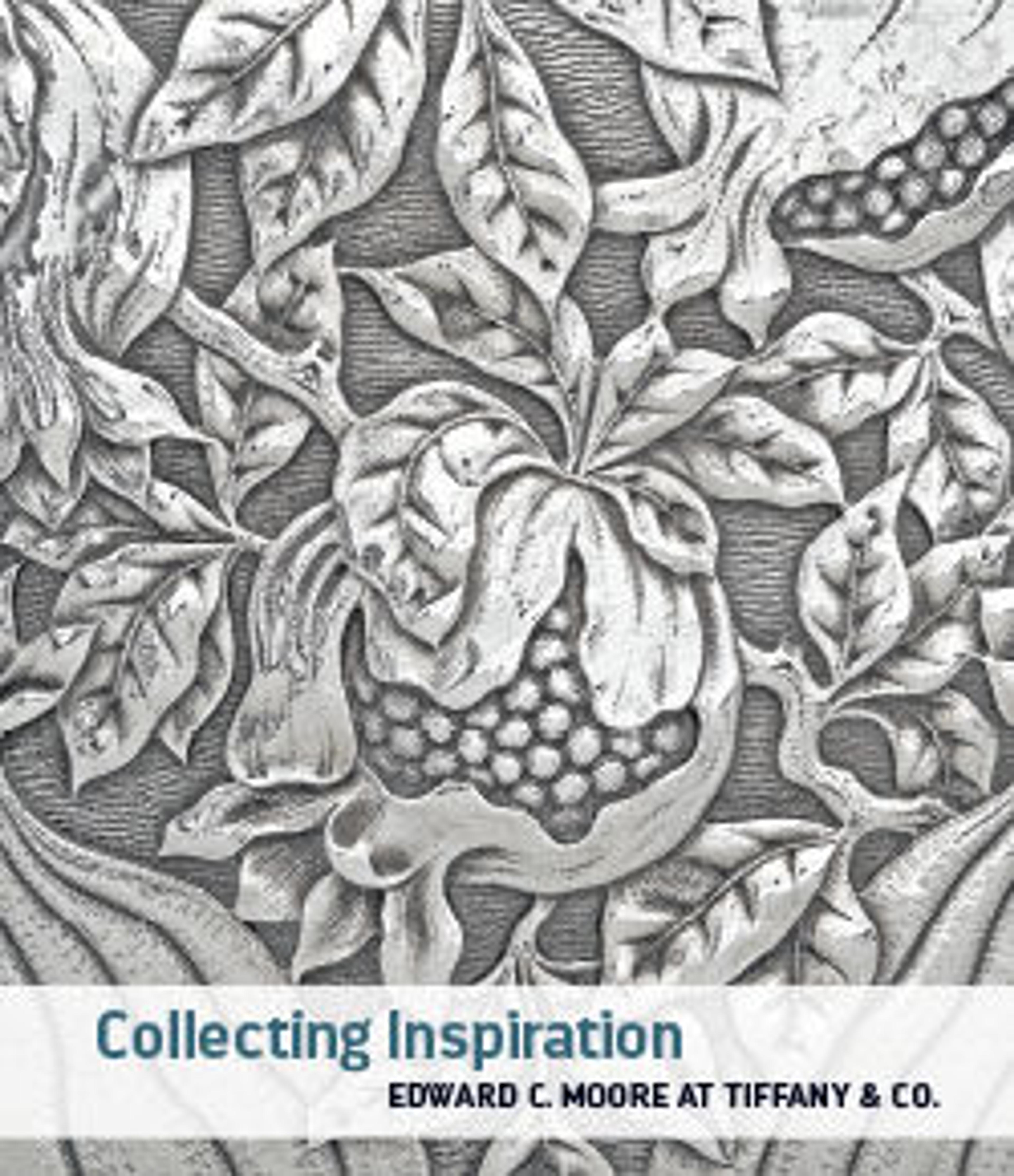Glass alabastron (perfume bottle)
Translucent cobalt blue, with handles in opaque white; trail in opaque greyish light blue.
Inward-sloping rim-disk with thick rounded edge; slender cylindrical neck, slanting to one side and flaring at base; straight-sided fusiform body expanding downward, then tapering in to pointed bottom; two large horizontal lug handles applied over trail at top of body.
Trail applied near bottom, wound upwards in a spiral to carination, tooled into a close-set feather pattern around side, arranged in nine panels of alternating upward and downward strokes, then wound again in a spiral up neck and unevenly around rim, and trailed off vertically downwards across neck to top of body.
Broken and repaired, with three holes in middle of body; dulling and pitting, with faint iridescent weathering.
Inward-sloping rim-disk with thick rounded edge; slender cylindrical neck, slanting to one side and flaring at base; straight-sided fusiform body expanding downward, then tapering in to pointed bottom; two large horizontal lug handles applied over trail at top of body.
Trail applied near bottom, wound upwards in a spiral to carination, tooled into a close-set feather pattern around side, arranged in nine panels of alternating upward and downward strokes, then wound again in a spiral up neck and unevenly around rim, and trailed off vertically downwards across neck to top of body.
Broken and repaired, with three holes in middle of body; dulling and pitting, with faint iridescent weathering.
Artwork Details
- Title: Glass alabastron (perfume bottle)
- Period: Hellenistic
- Date: 2nd–mid 1st Century BCE
- Culture: Greek, Eastern Mediterranean
- Medium: Glass; core-formed, Group III
- Dimensions: 4 7/8 × 1 11/16 in. (12.5 × 4.2 cm)
Diam. of rim: 7/8 in. (2.3 cm) - Classification: Glass
- Credit Line: Edward C. Moore Collection, Bequest of Edward C. Moore, 1891
- Object Number: 91.1.1408
- Curatorial Department: Greek and Roman Art
More Artwork
Research Resources
The Met provides unparalleled resources for research and welcomes an international community of students and scholars. The Met's Open Access API is where creators and researchers can connect to the The Met collection. Open Access data and public domain images are available for unrestricted commercial and noncommercial use without permission or fee.
To request images under copyright and other restrictions, please use this Image Request form.
Feedback
We continue to research and examine historical and cultural context for objects in The Met collection. If you have comments or questions about this object record, please contact us using the form below. The Museum looks forward to receiving your comments.
